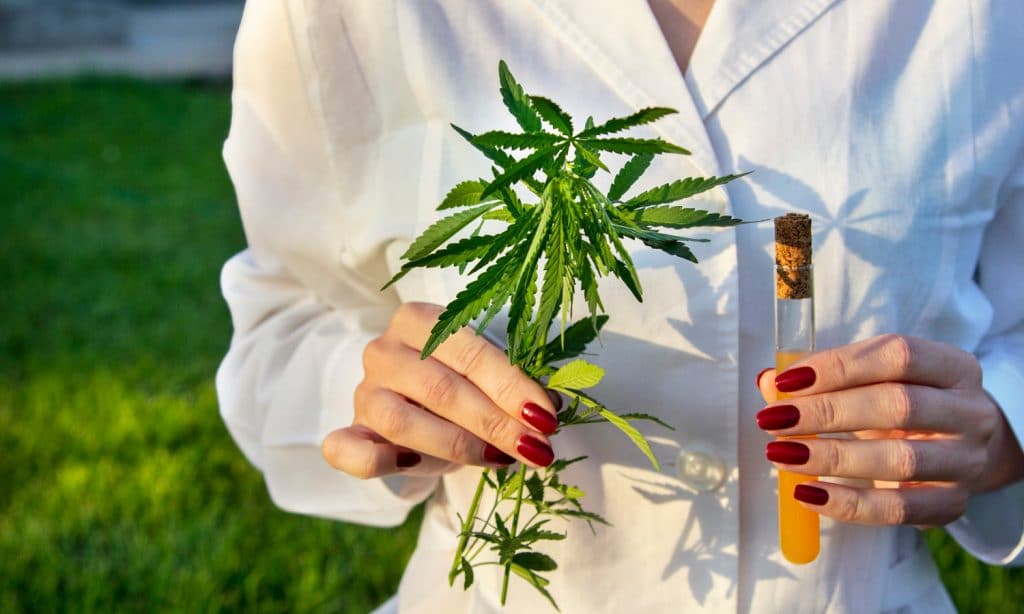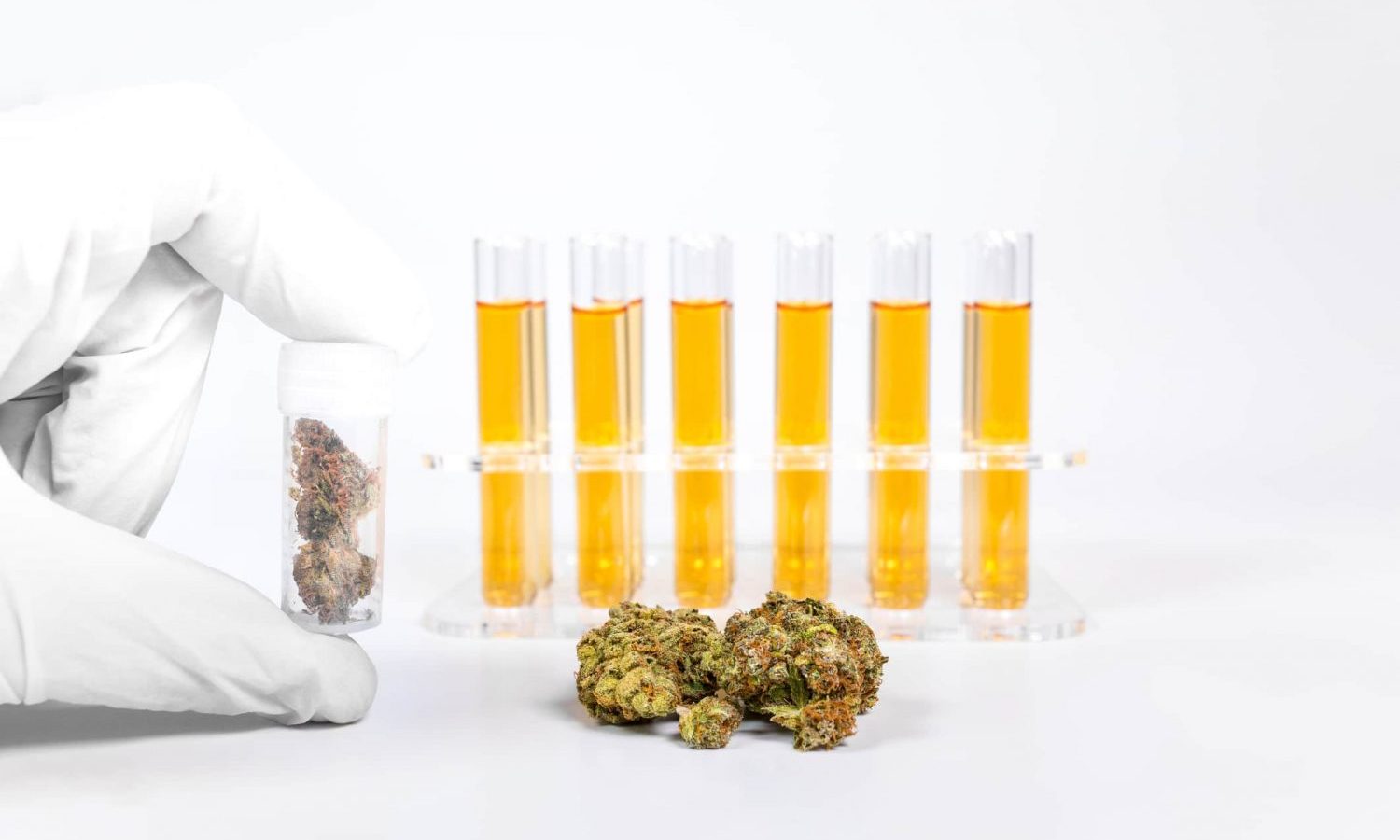The organization’s goal in this area is to provide suitable methods and reference standards that can help the industry and regulators ensure cannabis quality
Editors Note: This is part one of a three-part series of articles.
Good, news U.S. Pharmacopeia (USP) lays out guidelines for medical marijuana. The organization is bringing cannabis back into cannabis into the fold and has provided guidelines for labs and cultivators around the globe to utilize to help provide consumers with quality cannabis products.
“There is a critical and growing need for the scientific articulation of quality attributes for cannabis and related products to help protect patients and consumers from harm. As more products become available and sourced more broadly, and states continue to adopt initiatives allowing the use of cannabis for medical purposes, potential exposure to and associated risk of harm from contaminated, substandard, or super potent products is increasing and we must do what we can to mitigate that risk,” said Jaap Venema, Ph.D., Chief Science Officer at USP.
The organization’s goal in this area is to provide suitable methods and reference standards that can help the industry and regulators ensure cannabis quality, laid out in an article in the Journal of Natural Products, Cannabis Inflorescence for Medical Purposes: USP Considerations for Quality Attributes. Nomenclature is at the top of USP’s “to-do list,” an important quality attribute for labeling the ingredients, to help patients and healthcare professionals assess whether a product is suitable for particular needs.
“The thousands of so-called ‘strains’ are not consistent in either morphological or chemical profiles and cannot be relied upon for consistent categorization of different kinds of cannabis. Identity of cannabis and cannabis-derived products should be linked with clear nomenclature, including reference to plant part, product, and/or herbal preparation,” said Robin Marles, Ph.D., chair of the USP Botanical Dietary Supplements and Herbal Medicines Expert Committee.

USP has elected to recognize cannabis as a single plant species, Cannabis sativa L., with different varieties or subtypes that can be classified based on their THC and CBD content. The guidelines in the Journal of Natural Products article organize the plant into three ‘chemotype’ categories: THC-dominant, CBD-dominant, or intermediate varieties that contain physiologically meaningful levels of cannabinoids.
RELATED: Why You Didn’t Get The Cannabis Strain You Think You Did
USP is an independent, scientific, nonprofit public health organization devoted to improving health through the development of public standards for the quality, safety, and benefit of medicines and foods. The organization is comprised of over 450 academic institutions, healthcare practitioner organizations, industry groups and government representatives. USP standards are enforced by the FDA in the U.S., but since cannabis is still generally illegal under federal law, USP has not created formal compendial standards at this time. They have published a scientific paper instead of creating a conventional USP monograph. However, they still employed their rigorous process for creating the guidelines.
RELATED: Here’s Why You Have To Trust Your Dispensary
“This document is just a first step. Much remains to be learned about the clinical utility of this plant and it’s likely that future research will generate greater complexities in classification as we gain a greater understanding of its physiological effects,” said Ikhlas Khan, Ph.D., USP Cannabis Expert Panel chair.
The guidelines in the article also recommend best practices for sampling, strength and composition, and contaminant identification and limits. The hope is that they outline core quality attributes and tools that may serve as resources for quality control of the plant.
This article originally appeared on Green Market Report and has been reposted with permission.


